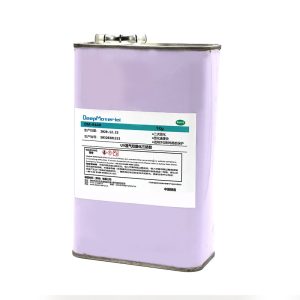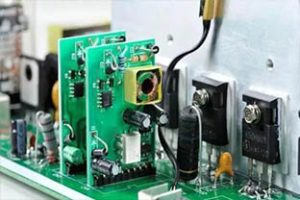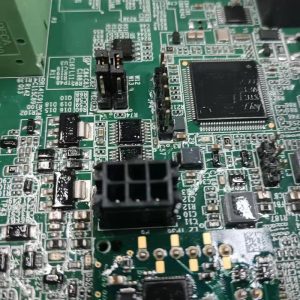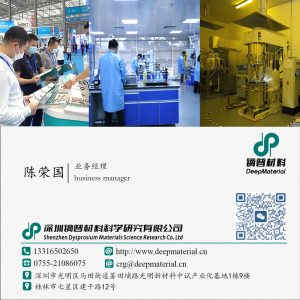Adhesive manufacturers share a brief introduction to the commonly used construction methods for three proof paint

Three proof paint, also known as circuit board three proof paint, three proof adhesive, insulation paint, covering adhesive, coating adhesive, moisture-proof oil, common film coating, conformal coating, electronic coating material, etc., is called normal coating in English. Three proof paint is a type of single component transparent or semi transparent adhesive that can be cured at room temperature, by heating, or by ultraviolet light. It has the characteristics of low viscosity, high transparency, excellent insulation performance, high and low temperature resistance, and easy use. Three proof paint is mainly used for covering and coating the surface of various assembled electronic circuit boards, providing protection for the circuit boards and achieving multiple protections such as moisture-proof, anti fouling, anti salt spray, insulation, etc., in order to improve product performance, stability, safety, and service life. It can also be used for shallow encapsulation and filling of electronic products.

Introduction to the four commonly used construction techniques for three proof paint:
1. Brushing: Commonly used, wool brush brushing can produce a good coating effect on smooth boards.
2. Spraying: the use of spray can products can be easily applied to maintenance and small-scale production. The spray gun is suitable for large-scale production. These two spraying methods have high requirements for the accuracy of operation, and may produce shadows (where the lower part of the components is not covered with three proofing paint).
3. Dip coating: Dip coating ensures complete coating of the paint without causing material waste due to excessive spraying.
4. Selective coating: Accurate coating without wasting materials, suitable for large-scale laminating, but with high requirements for coating equipment. Most suitable for large-scale laminating. Using a pre compiled XY table can reduce masking. When painting PCB boards, there are many connectors that cannot be coated. The adhesive tape is too slow and there is too much residue when torn off. Consider making a combination cover according to the shape, size, and position of the connector, and positioning it with mounting holes. Cover the areas that do not require painting. To improve production efficiency.

We have a research and development center of over 3000 square meters on the 9th floor of the Guangming Pilot Industrial Base in Shenzhen. Our R&D center has 12+laboratories and a production base of over 30000 square meters in Jiangxi. With strong R&D capabilities, we provide high-quality industrial adhesives such as UV structural adhesive, AB adhesive, epoxy adhesive, etc

